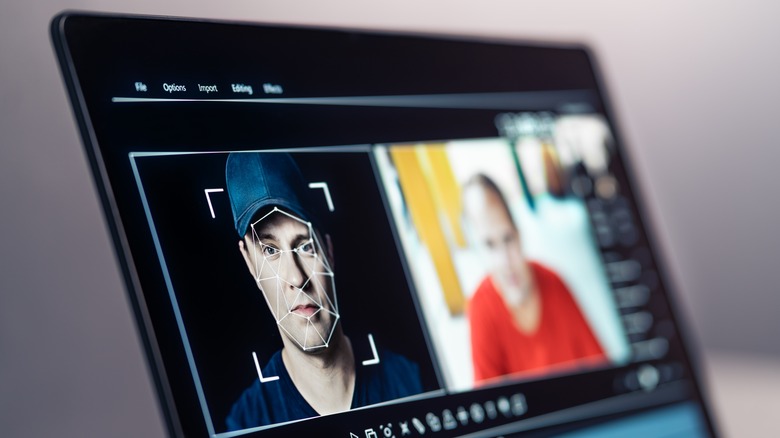Be Wary Of Celebrity Ads On YouTube: Here's Why
Celebrity endorsements in advertising aren't a new concept by any stretch and it's not uncommon for a well-known actor, musical artist, or sports star to tell you how much they appreciate a product (in exchange for monetary compensation). You've likely seen these kinds of ads on TV, during movie previews, while streaming, or interspersed throughout a YouTube video.
Unlike the copious sponsorships from "Raid: Shadow Legends," Raycon earbuds, Magic Spoon cereals, and a handful of VPN services, these aren't an intended part of whatever you might be watching on the popular video hosting site. The thing about YouTube ads is that they often have no discernable connection to the content they're attached to, are sometimes blatant propoganda despite the company's hate speech policies, and in most cases it's up to the user and the video maker to manually address individual ads.
Why are these two ad-related concepts relevant to each other? Because, as 404 Media reports, the current unregulated surge of images, videos, and audio clips generated by "artificial intelligence" has made it easier than ever for bad actors to create fake media that appears real (a.k.a. deepfakes). And this includes fake celebrity photos, videos, and sound bites that are being used in illegitimate advertisements. On YouTube, users and artists alike can only report the offending materials and hope Google eventually addresses the issue.
Question everything
While YouTube has begun to take action against fake celebrity ads — claiming to pull over a thousand of them since 404 Media's investigation — it hasn't exactly fixed the problem. Currently the only demonstrable instances where action was taken required a large amount of direct user (and affected celebrity) complaints before anything was done. And many similarly fake ads are still up and running, with 404 Media citing one particular endorsement video for Republican Primary candidate Teddy Daniels that uses faked audio of the 45th U.S. President, Donald Trump.
There are ways to spot these kinds of fakes, but it's getting trickier. For video, keep an eye out for anything that appears abnormal, such as lighting that doesn't make sense, odd visual glitches, unnatural movements, body shapes that don't make sense, and so on. If you suspect fake audio, listen to what's being said very carefully for anything that sounds strange — like a bizarre vocal cadence, pronunciations that don't match up with the way the speaker usually talks, dialects or accents that are inconsistent, etc.
It's also a good idea to do a little digging if you aren't sure about a given YouTube ad. Check official social media accounts to see if the celebrity being depicted or the company being named (preferably both) have made their own similar posts about the topic. Check if anyone in the comments has their doubts. And above all, if a YouTube ad doesn't "feel" right, trust your gut and leave it alone.

